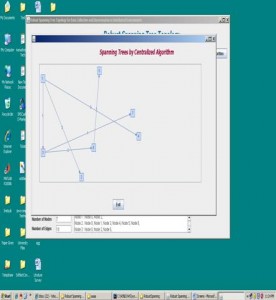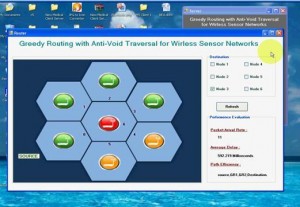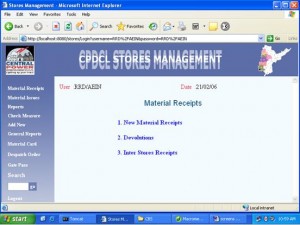The bomb blasts are out of control throughout the globe in today’s current scenario. Bombs are found in underground stations and buses, which have resulted in the death of several and several has got injured. Bomb blasts are unable to be forecasted before hand.
The present Image for Conclead Weapon Detection ECE Project focuses on the technology that predicts the blast of bombs and suicide bombers by IMAGING FOR CONCLEAD WEAPON DETECTION. It is the sensor developments which explain the method of imaging and the dispute. Other methods like coexisted noise abolition, object development of video information and a few of the mathematical outcomes are also mentioned.
The concealed weapons detection below the people clothing is most essential to the development for the safety of the common people and security of common assets such as railway stations, airports, and buildings etc. The screening methods done by man to detect the concealed weapons like bombs, handguns, and knives are generally in managed permission settings such as airports, buildings, and public occasions etc. It is often aimed to detect concealed weapons from the standoff interval and if it is not possible to manage the public flow by the controlled method.
The very current progresses in MMW sensor science resulted in video-rate MMW cameras (30 frames/s). Nevertheless, MMW cameras are unable to give beneficial data of the complete and place of the person functioned. The sensor fusion concepts with the help of MMW and IR, or MMW and EO cameras are mentioned to improve the procedure values of passive MMW cameras.
Conclusion:
Image for Conclead Weapon Detection is concluded that the explosives are managed in a few locations such as sensitive buildings, airports, popular constructions etc. The aim of the electronics communication engineering project is the future arrangement of identification of concealed weapons and automatic detection. It is a scientifically dispute that needs creative solutions in sensor sciences and image method.
Download Image for Conclead Weapon Detection ECE Final Year Project



